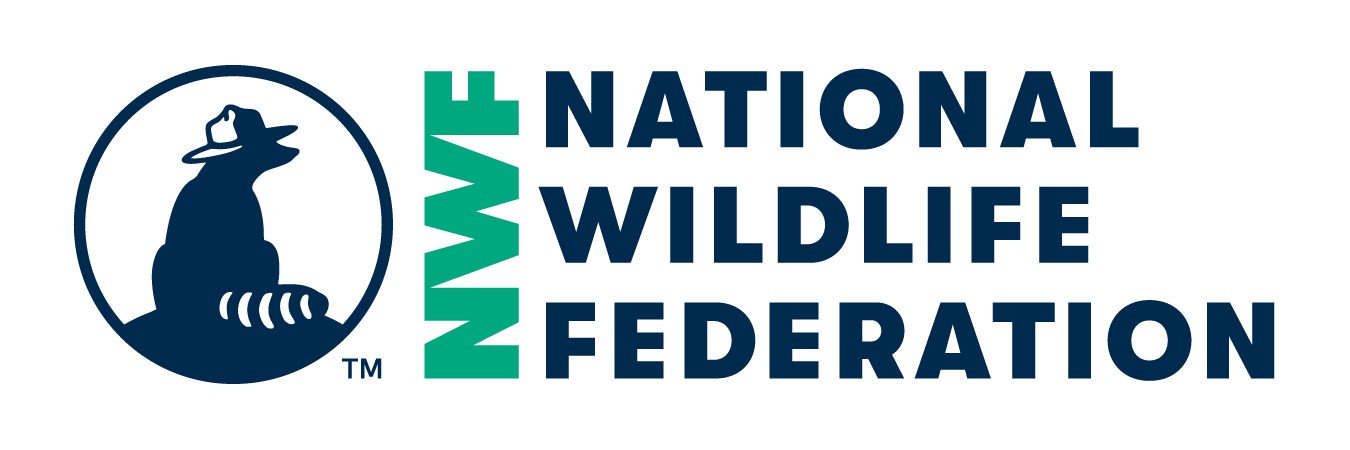Alex Harker; Landscape Architect; Creo Landscape Architecture
Alex is a Landscape Architect at Creo Landscape Architecture, where she has worked on a variety of projects, such as multi-use infill development in urban areas, as well as gardens and water reuse projects. As a Campus Ecology Fellow in 2006-2007, Ales evaluated options for a transit center serving the student body of the Colorado School of Mines.
Alex Harker
Landscape Architect
Creo Landscape Architecture
The National Wildlife Federation EcoLeaders Career Center is celebrating the motivating stories and career accomplishments of young professionals making their names (and a difference) in the sustainability movement. NWF EcoLeaders staff has interviewed this group of change-makers and rising stars that we call “The EcoLeaders Top 50 Inspirations.”David Corsar: Looking back at your experience with NWF, how has participation as an NWF Fellow help shape your career path?
Alex Harker: After my fellowship I went to graduate school at the University of California, Berkeley College of Environmental Design to get Masters degrees in Landscape Architecture and City Planning. My NWF Fellowship influenced my decision to get the dual degree because I realized while working on that project the advantage of approaching problems using interdisciplinary thinking. Additionally, the experience I gained working on a long-term project during my NWF fellowship was beneficial while working on my thesis about conservation burial, Landscapes of the Dead.
DC: What are you up to these days? What is your role at Creo Landscape Architecture, and why did you choose to work there?
AH: I am a landscape architect at Creo Landscape Architecture. It is a small firm in San Francisco, California. I also recently became an ISA Certified Arborist. I like the range projects that we work on. In the last year projects I've worked on include multi-use infill developments in urban areas, on memory care gardens for senior populations, and a winery that uses water recycled from the wine production process to water the majority of the landscape..
DC: What would you say is your personal mission for sustainability?
AH: I feel that one of my roles as a landscape architect is to help advise my clients on how they can be responsible stewards of their land. One issue in California currently is the drought, and so a lot of effort goes towards reducing water use through design and by selecting plants that are adapted to the local climate and are drought tolerant. I hope that I can guide my clients towards plants that are climate appropriate but that also meet their expectations in terms of aesthetics. I think it is important to design places that are not only sustainable but beautiful.
DC: What motivated you to begin this path?
AH: Experiencing beautiful places is motivating for me. If I am struck by how beautiful a place is then I start to get curious about it. I get curious about it’s history, about the systems within and around it, with the ways in which other people interact with it. Through landscape architecture I strive to create more places that make people curious about their environment.
DC: Who are your primary “influencers” or inspirations in the sustainability movement?
AH: In college I was really inspired by books such as Natural Capitalism: Creating the Next Industrial Revolution by Paul Hawken, Amory Lovins and Hunter Lovins as well as Cradle to Cradle by William McDonough and Michael Braungart. Landscape architects that spoke about designing within the context of existing ecological systems, such as Ian McHarg who wrote, Design with Nature, inspired me. Projects that use ecological systems to solve problems such Arcata Marsh in Arcata, California exemplify ideas about thinking in terms of systems and utilizing existing ecological processes. The Arcata Marsh uses a series of restored wetland treatment ponds to filter sewage, and provides a habitat for wildlife and a recreation area for residents of the area.
DC: How important do you feel obtaining project-based leadership experience is when entering the workforce?
AH: Getting experience managing a project and facilitating community outreach on my own with my NWF project was a great opportunity that has aided in my ability to manage projects in my professional life. Often times when working on a project it is hard to not hold onto a specific outcome, one thing that I learned from my NWF project was that though the process of doing research and really listening to stakeholders, the project may take a different arc than originally anticipated. In trying to force a specific outcome it's possible to miss important dimensions of a project.
DC: What would you recommend to students who want to make a difference for sustainability in your sector?
AH: I think it’s important to keep in mind that environmental sustainability is only one facet of sustainability. Environmentally sustainable solutions that don’t address other facets, such as economic and social sustainability, aren’t all that helpful. Sometimes the most innovative projects in terms of environmental sustainability manifested because they solved an economic problem as well. For example, Northside Park in Denver, Colorado, designed by Wenk and Associates, integrates elements of the existing wastewater treatment plant into the park design in order to save enough on demolition costs to make the park financially possible.
***
Link
Link
Type
Interviews
Sector
Green Building
Category Career Center Resources
Form Details
Average Rating:
Date Added: May 18, 2017
Date Last Modified: May 18, 2017







Project Feedback